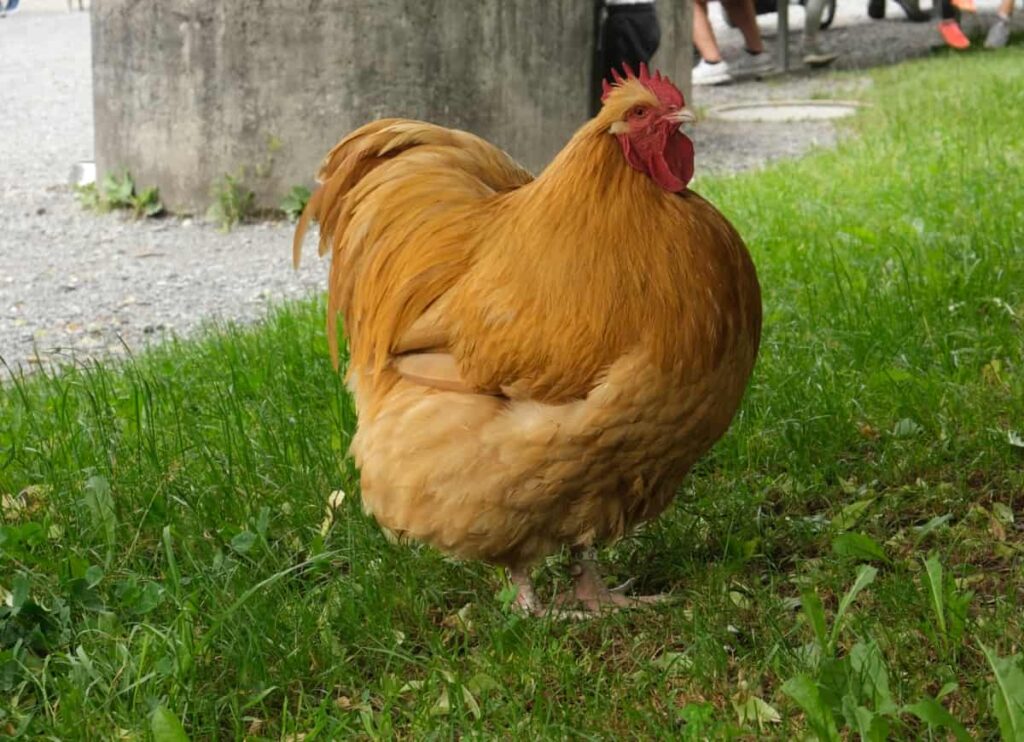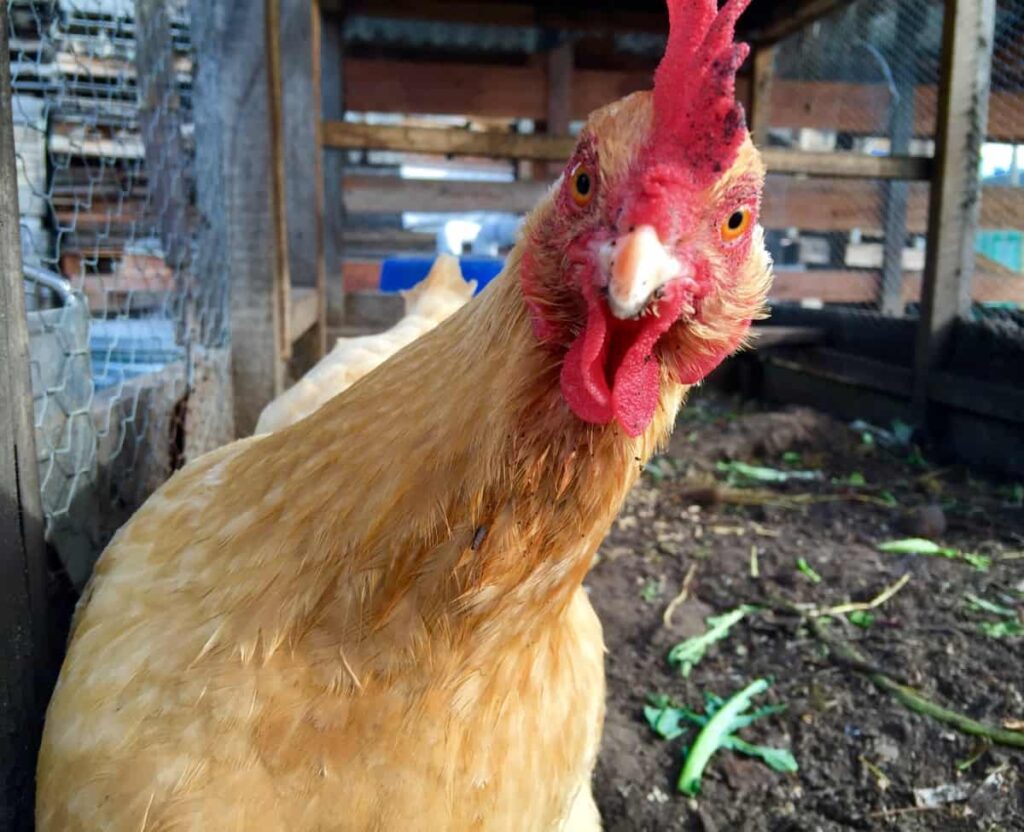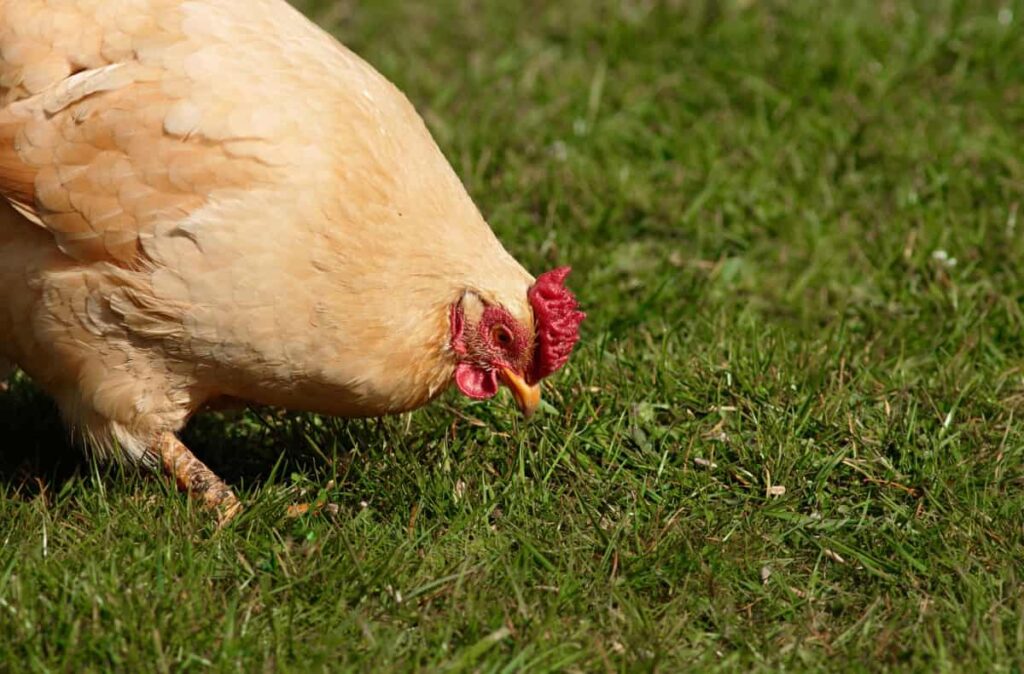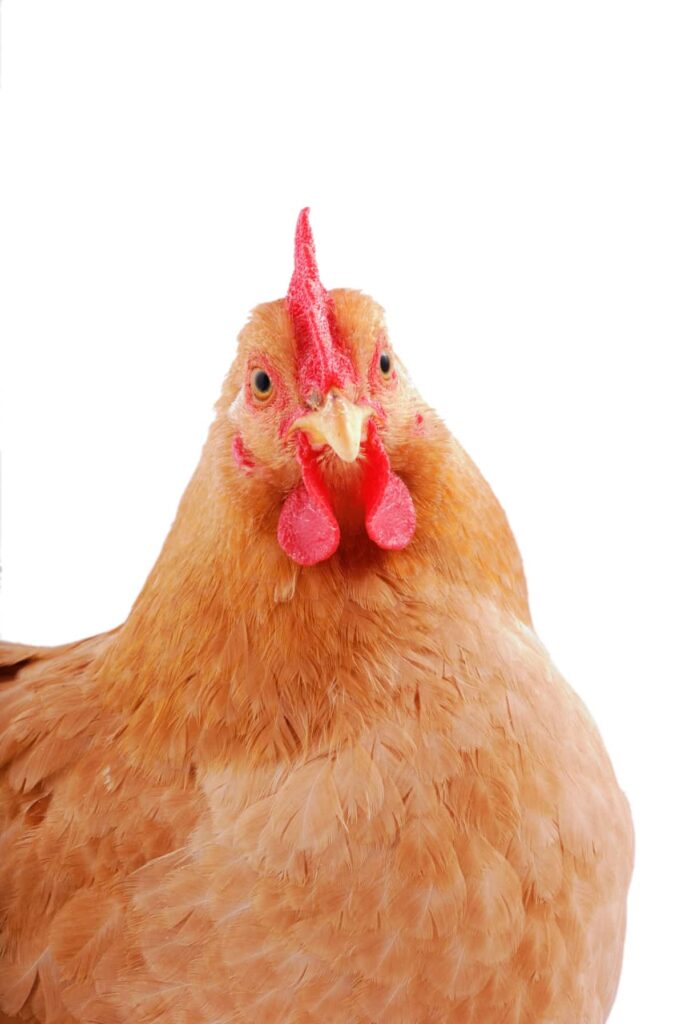Raising Buff Orpington roosters requires careful attention to nutrition, life cycle stages, and overall management. These charming and docile birds are known for their friendly demeanor and attractive buff-colored plumage. To ensure their well-being, providing a diet rich in protein, vitamins, and minerals is crucial.

Understanding their life cycle, from baby chicken to adult, aids in appropriate care at each stage. Proper coop management, predator protection, and regular health checks contribute to a happy and thriving Buff Orpington rooster. This comprehensive guide covers key aspects of their care, offering valuable insights for poultry enthusiasts.
Buff Orpington Rooster
Unique Needs of Buff Orpington Roosters
- Buff Orpington roosters have unique needs that demand specific attention for their optimal well-being.
- Nutritionally, a well-balanced diet is essential, emphasizing high-quality poultry feed with adequate protein content to support their growth, feather quality, and overall health.
- As docile birds, they thrive in a stress-free environment, requiring careful integration within the flock to prevent aggression.
- Providing proper shelter and predator-proof coop facilities is crucial, as these roosters may be more vulnerable due to their friendly nature.
- Regular health check-ups are imperative to monitor for common poultry ailments while grooming their lush plumage, which helps maintain their distinct appearance.
Nutrition and Diet for Raising Buff Orpington Roosters
Start with a high-quality Buff Orpington feed, formulated for roosters or all stages, containing around 16-18% protein to support muscle development, feather health, and overall vitality. Supplement their feed with fresh vegetables, fruits, and grains for variety. Adequate access to clean water is crucial. Additionally, consider providing grit to aid in digestion, particularly if they are free-ranging. Monitor their weight and adjust feed amounts accordingly. Be cautious of overfeeding, as obesity can lead to health issues.
Creating the Ideal Habitat for Your Buff Orpington Rooster
Provide a spacious and secure coop with ample ventilation, ensuring protection from predators. Offer comfortable roosting spots and nesting boxes, as Buff Orpingtons are known for their large size. A fenced outdoor area or free-range space allows for natural behaviors like scratching and foraging.
Incorporate dust-bathing areas to maintain feather health. Use straw or shavings as bedding for warmth and cleanliness. Regularly inspect and maintain the habitat for any wear or tear. Create a peaceful environment by minimizing stressors and ensuring social interaction with other chickens.
Behavioral Training for Buff Orpington Roosters
Begin by establishing trust through gentle handling and consistent care. Use positive reinforcement, like treats, to encourage desired behaviors like a calm demeanor and responding to commands. Socialize them with humans and other poultry to prevent aggression. If displaying unwanted behaviors, redirect their attention rather than resorting to punishment.
Introduce and familiarize them with various stimuli, helping reduce stress in new environments. Establish a routine for feeding, cleaning, and interaction to provide stability. Implementing basic commands like recall can enhance their responsiveness. Patience and consistency are key in developing a strong bond and cooperative behavior.
Preventive Healthcare Strategies for Buff Orpington Roosters
Begin by maintaining a clean and well-ventilated coop to minimize disease risks. Schedule regular health check-ups, paying attention to their eyes, comb, and overall demeanor. Vaccinate against common poultry diseases according to a veterinarian’s recommendations. Provide a balanced and nutrient-rich diet to support their immune system. Keep a close eye on water quality and ensure a steady supply to prevent dehydration.
In case you missed it: 45 Days Chicken Business Plan: Investment, Cost, Profit for 45-Day Cycle Broilers

Quarantine new birds prior to introducing them to the flock to prevent the disease spread. Practice good biosecurity measures, including proper hygiene and footwear sanitation, to avoid introducing pathogens. Conduct routine parasite checks and administer deworming treatments as needed.
The Life Cycle of a Buff Orpington Rooster
The life cycle of a Buff Orpington rooster encompasses various stages, from hatching to maturity. It begins as a baby chicken, hatching from an egg after an incubation period of approximately 21 days. During the first few weeks, baby chickens require a brooder for warmth, proper nutrition, and careful monitoring. As they grow, they transition to a juvenile stage, developing adult feathers and beginning to showcase their distinct buff-colored plumage.
Around 5-6 months of age, Buff Orpington roosters reach maturity, marked by the development of larger combs and wattles. This is when they may start displaying mating behaviors and crowing. Throughout their adult life, typically ranging from 5 to 10 years, roosters contribute to the flock dynamics, protecting hens and serving as natural leaders.
Buff Orpington Rooster Size, Price, and Lifespan
On average, Buff Orpington roosters can reach weights of 3.5 to 4.5 kgs, with some individuals occasionally exceeding 5.5 Kgs. In terms of price, the cost of a Buff Orpington rooster can vary depending on factors such as age, pedigree, and whether it is acquired from a breeder or a hatchery.
Typically, buff orpington rooster price ranges from $20 to $50 or more, with pedigree and show-quality birds often commanding higher prices. The Buff Orpington rooster’s lifespan is 5 to 10 years with proper Buff Orpington rooster care. Factors such as genetics, diet, healthcare, and living conditions play crucial roles in determining their longevity.
How to Manage Aggression in Buff Orpington Roosters
Provide ample space to reduce territorial disputes. Ensure a balanced and nutritious diet to minimize stress. Separate aggressive individuals temporarily, using dividers within the coop or designated areas. Introduce environmental enrichment, such as hiding spots and perches, to alleviate boredom and reduce aggression in buff orpington roosters.
Regularly rotate flock members to prevent the establishment of dominance hierarchies. Observe and address potential triggers, such as limited resources or overcrowding. If aggression persists, consider using anti-peck sprays or fitting roosters with blunted spurs to minimize harm. Gentle handling and positive reinforcement can help build trust and calm aggressive tendencies.
Breeding Buff Orpington Roosters
Begin by choosing breeding stock with desirable traits like good health, temperament, and conformity to breed standards. Provide a well-maintained and predator-proof breeding environment, ensuring ample space for natural behaviors. Monitor the health and nutritional requirements for buff orpington roosters, as it directly influences the quality of offspring.
In case you missed it: Dong Tao Chicken Breed: Origin, History, Appearance, Size, Characteristics, Eggs, Price, and Lifespan

Introduce the selected rooster to compatible hens, maintaining a balanced sex ratio. Allow for natural mating or facilitate controlled breeding methods, such as artificial insemination, if needed. Collect and label eggs for tracking lineage. Incubate eggs in a clean and regulated environment, maintaining optimal temperature and humidity.
Seasonal Care for Buff Orpington Roosters
During winter, provide extra insulation in the coop, ensuring protection from drafts and offering heat sources if necessary. Be attentive to frostbite on combs and wattles, applying petroleum jelly as a preventive measure. Adjust their diet to meet increased energy needs in colder months. In summer, prioritize ventilation to prevent overheating, providing shaded areas and cool water.
Implement pest control measures as warmer weather may attract parasites. Regularly inspect for signs of heat stress, such as panting, and offer cooling options like misters or frozen treats. Year-round, conduct health check-ups, monitor for signs of illness and adapt feeding routines based on seasonal changes.
Common Issues in Raising Buff Orpington Roosters
Raising Buff Orpington roosters comes with its own set of challenges, and being aware of common issues is crucial for their well-being. Feather picking can arise due to stress or overcrowding, requiring environmental enrichment and monitoring flock dynamics. Rooster aggression may occur, necessitating proper integration within the flock or isolation of aggressive individuals.
In case you missed it: Serama Chicken Breed Profile and Characteristics

External parasites, like mites or lice, can impact health, demanding regular checks and appropriate treatments. Ventilation issues in the coop may lead to respiratory problems; hence, ensure proper airflow. Regular health checks and vaccinations, a balanced diet, and a well-maintained environment are key to preventing and addressing these common challenges in Buff Orpington rooster care.
Note: The images presented in this post are intended solely for representation purposes. The images are meant to serve as visual aids and should not be relied upon as accurate representations of their real-life counterparts.
Conclusion
Raising a healthy and content Buff Orpington rooster involves a holistic approach, from providing a well-balanced diet and navigating their life cycle to effective management and care strategies. By understanding their unique needs, implementing preventive healthcare measures, and addressing behavioral considerations, poultry enthusiasts can ensure the well-being of these charming birds, fostering a harmonious and thriving flock.
- Crops Grown in Summer Season: Best Choices for Summer Gardening
- Organic Pest Control for Tomato Farming
- How to Maximize Sheep Farming Profit
- Broccoli Varieties: Choosing the Right Cultivars for Your Farm
- How to Raise Pigs in Your Own Backyard: A Comprehensive Guide
- Budget Friendly Sheep Shed Ideas: Cheap and Low-Cost Tips
- How Much Do Cattle Farmers Make: Revenue Streams in Cattle Farming
- Management Pests and Diseases in Your Cotton Field
- Sheep Farming Business Plan for Beginners
